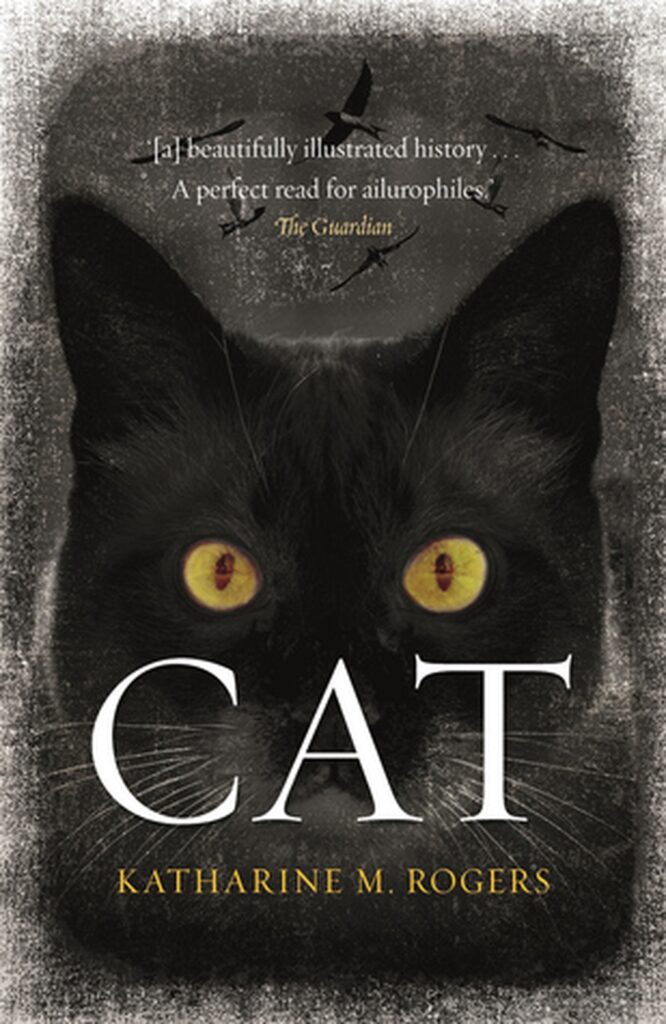Sharing my learnings from the book, Cat by Katharine Rogers
Cat by Katharine Rogers
Katharine M. Rogers traces our relationship with this curious creature in Cat, an entertaining look at one of the most popular pets in the world. From the domestic cat’s emergence in ancient Egypt to its enormous popularity in the contemporary United States, Rogers uncovers the feline’s cultural history in all its numerous forms: rat-catcher, witch’s familiar, and even the inscrutable creature that inspired Lewis Carroll and Edgar Allan Poe. As Rogers demonstrates, our fascination with cats lies in their uncanny ability to embody just about any character—from sweet to ferocious, affectionate to independent, eerie to elegant.

- today’s cuddly cats actually have a fascinating backstory involving 30 million years of evolution.
- The first cat, known as Proailurus, weighed around 20 pounds and spent most of its time hanging out in trees. It had a long slender body that resembled today’s civet, and, compared to the modern cat, it had more teeth and a less complex brain.
- following 10 million years of evolution, Pseudaelurus emerged. While this species still had a longer body, it had teeth similar to modern-day cats.
- From Pseudaelurus, two different relatives emerged: the sabre-toothed cats, which became extinct (along with their prey) around 10,000 years ago, and Felinae, the ancestors of our beloved cat.
- around 2000 BC, the Egyptians began a new and close relationship with their cats, which they documented in paintings on tomb walls that date back to 1450 BC. These paintings capture domestic scenes of family members and their cats sitting nearby, being fed or sometimes even being held on a leash.
- After the ancient Egyptians, it wouldn’t be until around the seventeenth-century in Europe that the status of the cat would start to shift from being a helpful mouse catcher to that of a cherished pet.
- cats make superb hunters
- Cats’ eyes are big and round with pupils that are so flexible they can be contracted down to a narrow slit or a small dot, or expand into a circle so large that it covers most of their outer eye. This gives them the ability to see perfectly whether it’s a bright sunny day or a dark and cloudy night. In fact, a cat can hunt in one-sixth of the light that a human eye requires in order to see.
- they have an incredibly acute sense of hearing that helps them navigate and detect prey.
- The cat’s sense of smell, which is around 30 times more sensitive than ours.
- The canine teeth of a cat are razor sharp, and when they grab hold of their prey, these teeth clamp down between the victim’s vertebrae, instantly paralyzing them.
- People throughout history believed that cats were mischievous and even related to witchcraft.
- cats have been associated with femininity since ancient Egypt, where the goddess Bastet had feline features and represented maternity and sexual allure. this hasn’t changed; the image of a cat is still considered feminine, while the image of a dog is mainly considered to be masculine.
- Today, many people regard cats as individuals. we’ve come to celebrate and admire cats for their independent attitudes and their ability to take care of themselves.


Leave a Reply